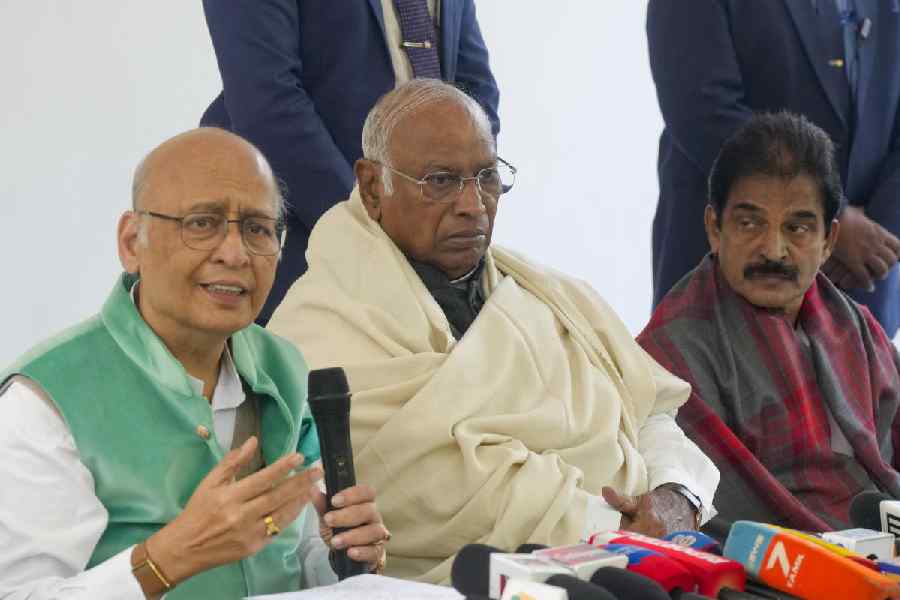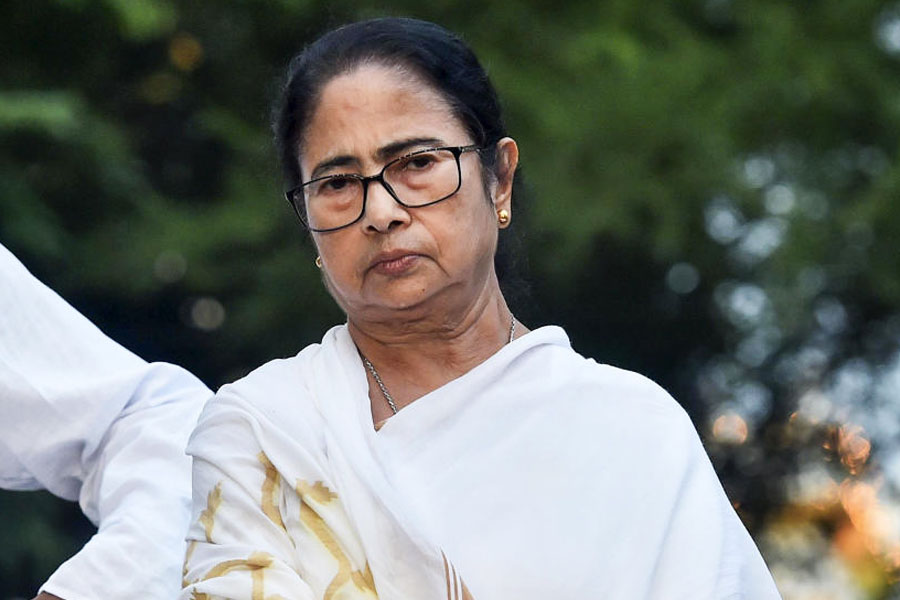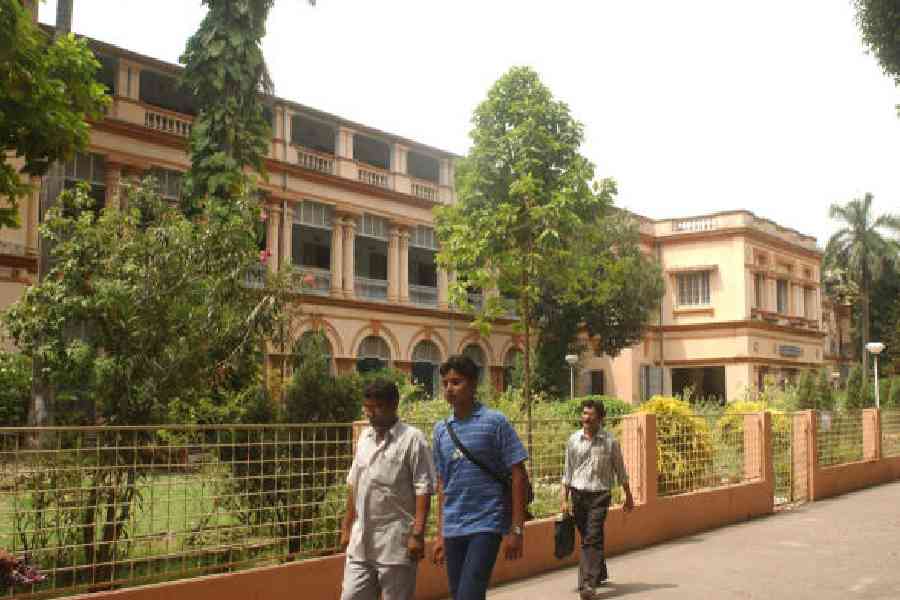 |
When Farzana Doctor wrote the first draft of her second novel, she wasn’t thinking of a literary award. All that she wanted to do was tell the story of a relationship between a Portuguese-Canadian widow and a queer university student. But Six Metres of Pavement went on to win the Lambda literary prize in 2012, an international award presented to writers exploring LGBT (lesbian, gay, bisexual, transgender) themes.
“I didn’t expect to win the Lambda,” says the Toronto-based novelist. “But I am thrilled I won it because it helps the book to be known in queer communities,” she adds. The book, first launched by a Canadian publishing house in 2011, was published in India by Rupa Publications last year. “Writing about queer characters feels natural to me. Queer people are everywhere in real life but are largely missing in fiction,” says Doctor, whose book has now gone into a reprint.
But a change is in the offing. Books exploring homosexuality are now an emerging market. If the jam-packed session on the LGBT theme at the recently concluded literature festival in Jaipur was an indication, the genre has started to make its presence felt. The session, titled “Literature of Love and Longing”, had on its panel writers such as Devdutt Pattanaik and Saleem Kidwai discussing same sex love and literary sensibility.
The Indian publishing industry is slowly opening up to this new wave of writing, stresses Mita Kapur, CEO of the Jaipur-based literary agency Siyahi. “Though still at a nascent stage, what is heartening is that the segment is finding new writers and readers,” Kapur says.
Indeed, a decade ago, mainstream publishing houses showed such little interest in LGBT writing that most authors looked to the West to get their work published. Kidwai, who co-edited Same-Sex Love in India: Readings from Literature and History with Ruth Vanita, had to first find a publisher in the United States in 2000 before being published in India in 2005.
 |
 |
| Open books: Kunal Mukherjee (left) and Shridhar Sadasivan |
But the times are changing. When Kunal Mukherjee, a San Francisco-based poet and writer, went looking for a publisher in the US, he was turned down. “I was declined by many agents in the US who were concerned that I had no history of published books,” Mukherjee says. But his manuscript was picked up by HarperCollins and My Magical Palace was published last year and widely acclaimed. “Now I have found an agent in the US as well,” Mukherjee says.
Publishers believe both fiction and non-fiction queer writing is finding its own audience. “It is a niche market with a dedicated readership,” says Kapish Mehra, managing director, Rupa Publications. “More writers will create homosexual characters in the coming days,” he predicts.
Mainstream publishing too is looking at the genre with interest. Last year, Westland published Close, Too Close: The Tranquebar Book of Queer Erotica and Penguin came out with popular poet Hoshang Merchant’s autobiography The Man Who Would be Queen. In 2011, Roli Books published Blue Boy by Rakesh Satyal — the story of a brown-skinned gay boy growing up in the America of the early 1990s. Yoda Press has also been publishing non-fiction titles under the sexuality category.
The new wave of LGBT writing has also led to new publishing houses such as Queer Ink, set up in 2010. It started out as an online seller of gay literature but found a dearth of books. “During the phase of research and actually trying to locate books (both in English and regional languages) we were able to procure only 100 titles. So we decided to venture into publishing,” says Shobhna S. Kumar; director, Queer Ink. This year, it plans to publish eight titles in English and Marathi.
One major reason the genre is picking up is the decriminalisation of homosexuality in India, after a 2009 Delhi High Court verdict. Attitudes towards the LGBT community, writers hold, are slowly changing. “Earlier if young people read queer literature it was considered porn by their parents,” says Kidwai.
Last year, Pink Pages, a national gay and lesbian magazine, published a queer literature issue consisting of short stories and poems. Bombay Dost, India’s first gay magazine, will also have a literary issue soon.
“Since the decriminalisation of homosexuality, there is indeed a new found sense of freedom, confidence and ownership of one’s identity that has been validated for the first time. This is a social phenomenon with a ripple effect on all types of artistic expression, including writing,” Mukherjee points out.
The written word too is undergoing metamorphosis. From anthologies and autobiographical works, gay characters are now emerging as lead characters in literature.
Take Manil Suri’s The City of Devi published by Bloomsbury and released in India last month. One of the four main characters in the book is gay. “Heterosexual writers have started incorporating gay characters in their stories, with varying degrees of success,” says Minal Hajratwala, editor of Out! Stories From The New Queer India, a collection of 30 stories.
Moving away from stereotypes, the new wave of writing in LGBT explores themes beyond sexuality. Devdutt Pattanaik’s book Pregnant King published by Penguin in 2008 is a mythological tale about a king who drinks a potion meant for his queens to bear children. The king ends up pregnant, and lines are blurred between men and women.
“Anything which needs provocation should be written about. We always feel awkward talking about sex, let alone same-sex love,” says Pattanaik.
The editors too are looking for new voices. “For our anthology we were looking for unfamiliar and untold stories,” says Hajratwala. “Even if they did have a familiar theme, such as coming out, I was looking for an element of differentiation,” Hajratwala adds.
Regional writers too are finding avenues for publishing their works. “I had written stories on other themes but since I am queer I had a strong urge to write on this subject. But I was apprehensive as I thought Tamil readers were conservative,” says Sridhar Sadasivan, a systems analyst based in New Jersey. Then he approached a widely read Tamil magazine Thendral in North America. “Once published, the response was very positive,” Sadasivan adds.
The writers now urge bookstores to recognise the genre as a different category. “Bookstores need to have a separate section to encourage visibility and sensitise readers,” Kumar says. “People need to see that books on such topics are part of the mainstream.”
As the LGBT scene explodes in India, Farzana Doctor is back to Toronto after her promotional tour in India and is working on her third book. Pink, clearly, is on a new high.










